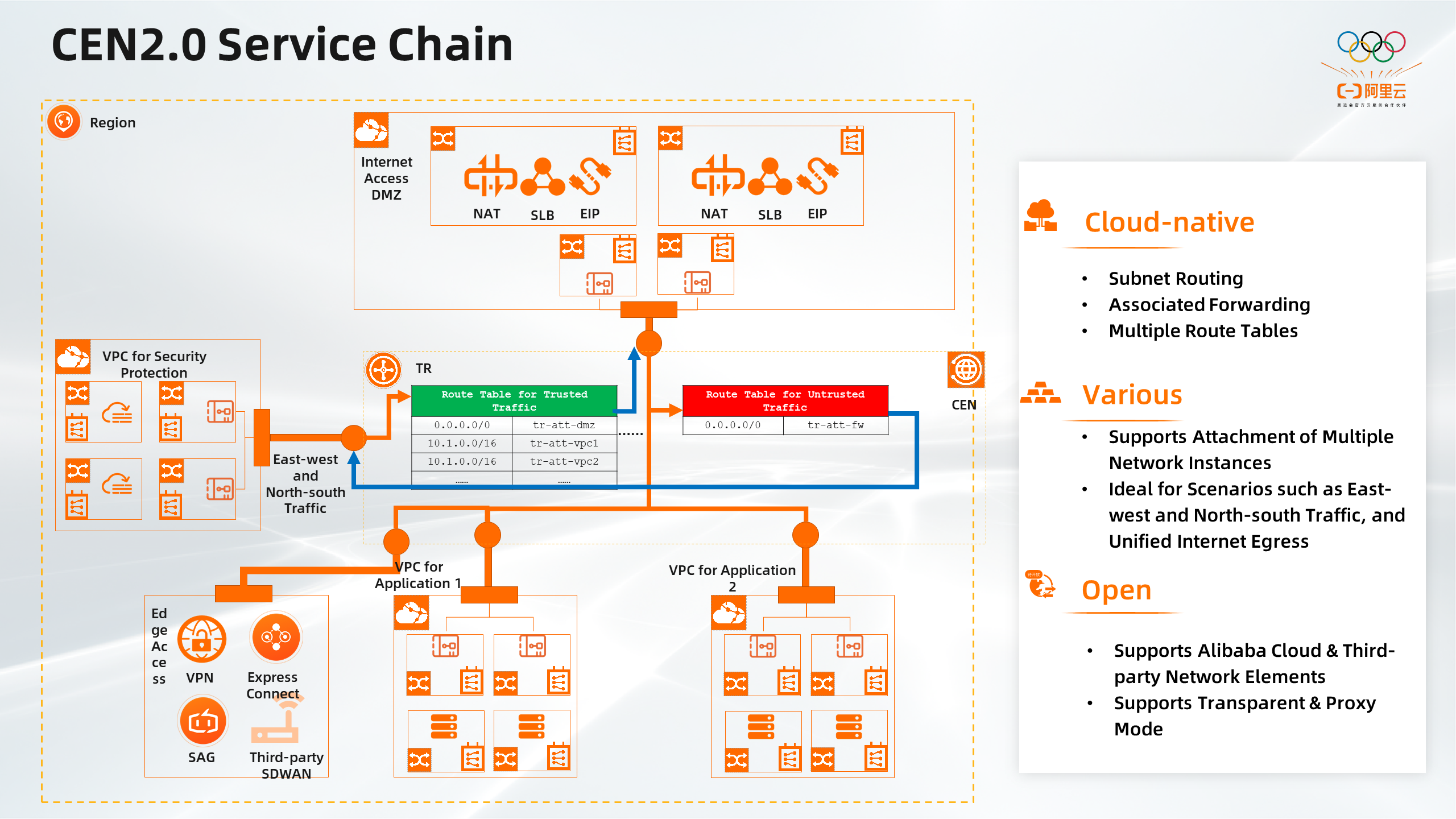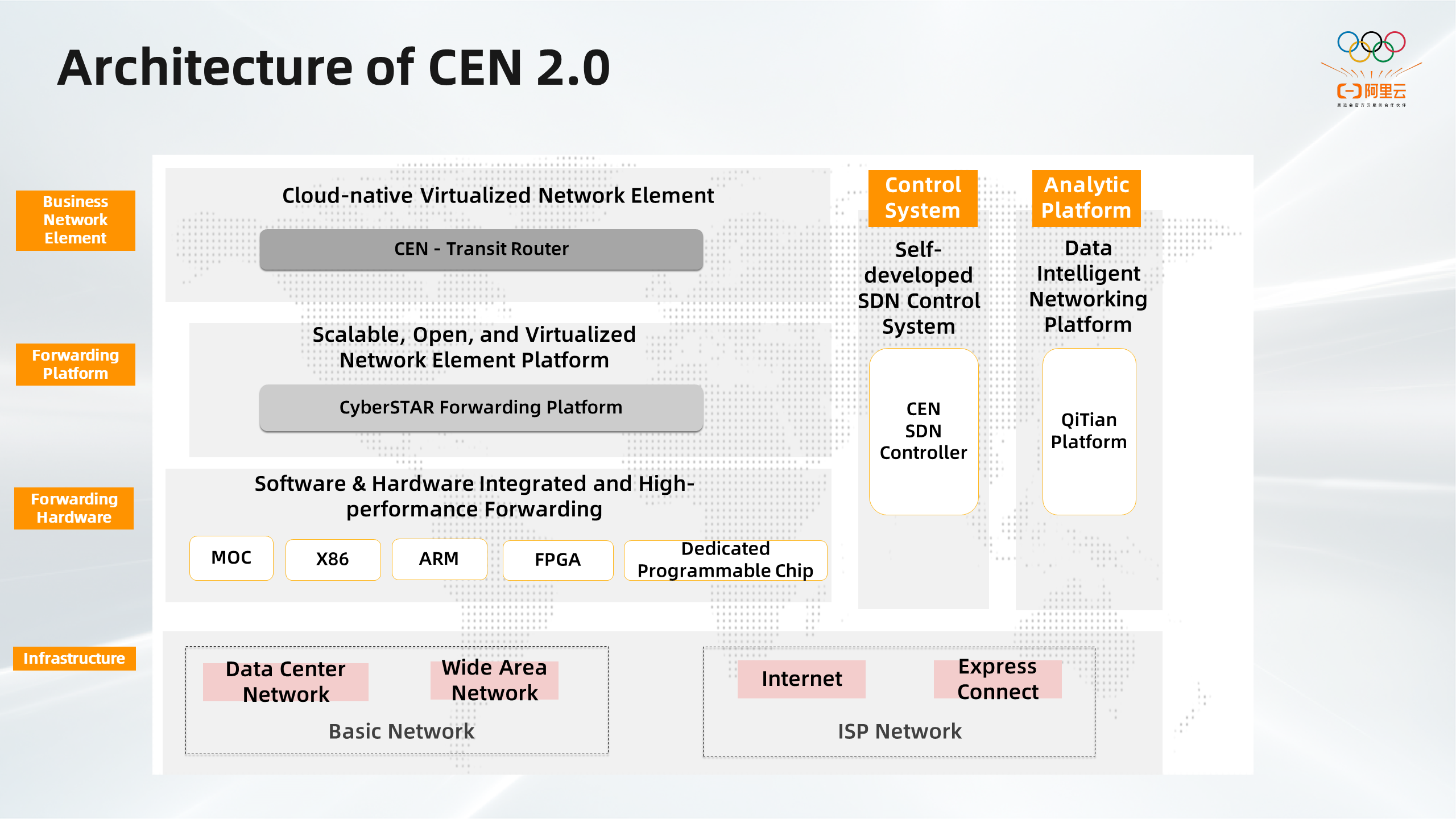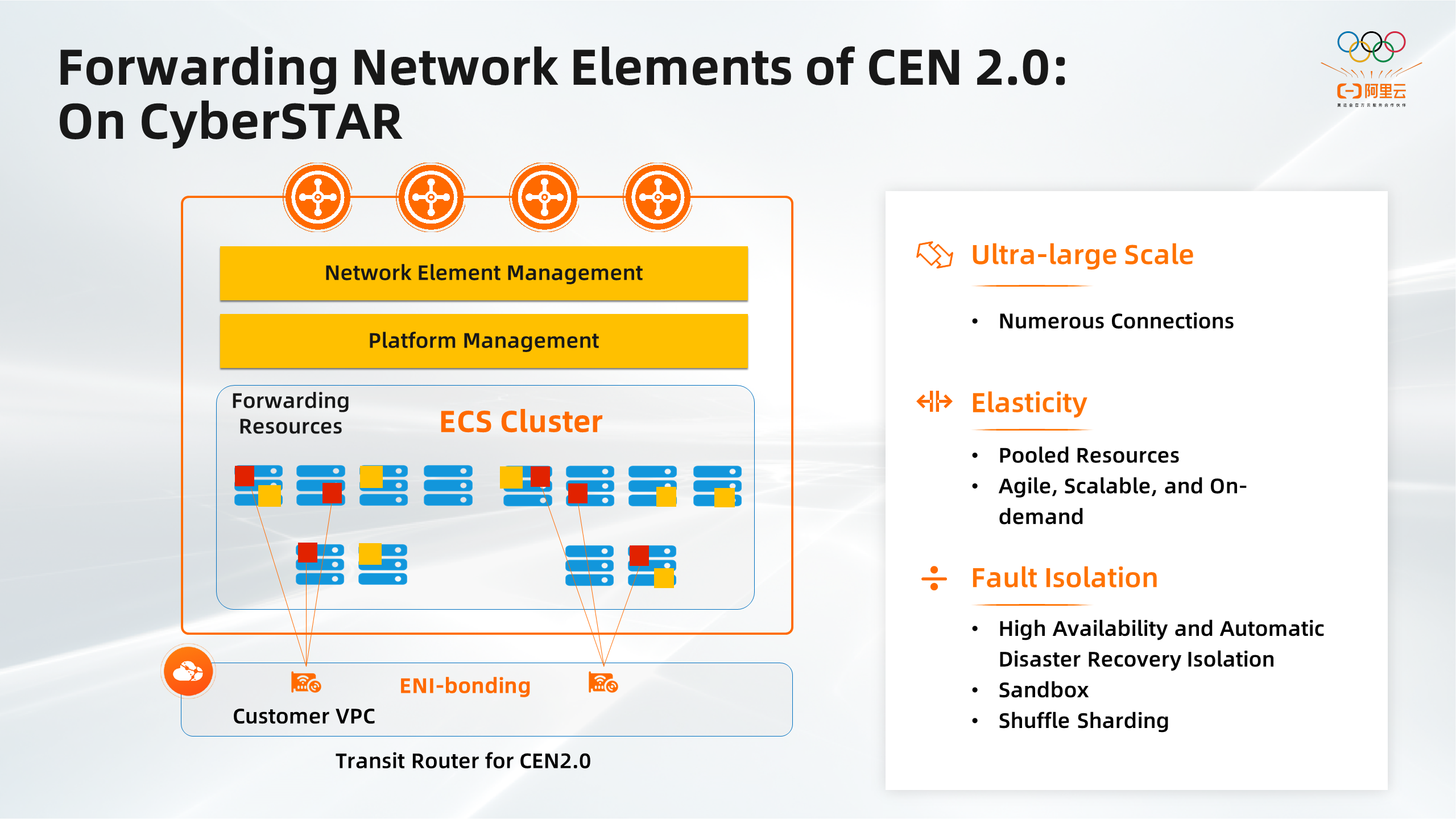software cen stands as an essential gateway for organizations seeking to elevate their digital capabilities and streamline operational efficiency. As a powerful platform, software cen has redefined how businesses approach their technology infrastructure—creating new opportunities for innovation and growth. This guide unpacks the story behind software cen, blending its storied history with its remarkable evolution and pivotal role across diverse sectors.
At its core, software cen offers an impressive suite of features designed to simplify complex workflows, foster seamless integration, and enhance security. From finance and healthcare to manufacturing and education, software cen delivers versatile solutions adaptable to a wide array of industries. Its robust architecture, flexible deployment methods, and customizable integration options make it a top choice for organizations looking to future-proof their systems and optimize productivity.
Introduction to Software Cen

Software Cen is a versatile software platform designed to streamline, manage, and optimize complex business operations across various industries. With its robust architecture and user-friendly interface, Software Cen empowers organizations to automate workflows, enhance data visibility, and drive operational efficiency. At its core, Software Cen functions as an integrated solution for process management, analytics, and collaboration, making it invaluable for enterprises seeking sustainable growth through technology.
Developed in the early 2010s, Software Cen was initially created to address the rising need for unified business process management solutions. The platform has since evolved, incorporating advanced analytics, cloud capabilities, and a modular design that allows for rapid adaptation to changing industry requirements. Originating from collaborative efforts between enterprise IT innovators and software engineers, Software Cen has grown into a leading solution, supported by a global network of developers and partners.
Industries such as manufacturing, healthcare, financial services, logistics, and retail have widely adopted Software Cen. Its flexibility allows it to be tailored for specific sector needs, such as regulatory compliance in healthcare, supply chain management in manufacturing, and secure transactions in finance. This adaptability underlines its popularity as a central hub in diverse business environments.
Core Functions and Capabilities of Software Cen
Software Cen is built to deliver a comprehensive suite of features that cater to the demands of modern enterprises. Its main functions revolve around automation, real-time analytics, data management, and seamless integration.
- Process Automation: Automates repetitive tasks and orchestrates complex workflows, reducing manual intervention and minimizing errors.
- Advanced Analytics: Provides customizable dashboards, predictive analytics, and reporting tools to extract actionable insights from business data.
- Collaboration Tools: Facilitates cross-team communication and document sharing within a secure environment.
- Role-Based Access Control: Ensures proper data security by tailoring access permissions to user roles.
- Customizable Modules: Allows organizations to add or modify modules to fit their specific business needs.
The technological backbone of Software Cen consists of a microservices architecture, cloud-native infrastructure, and scalable databases such as PostgreSQL and MongoDB. The platform leverages containerization technologies like Docker and Kubernetes for efficient deployment and scaling. By supporting RESTful APIs and SOAP interfaces, Software Cen easily integrates with ERP, CRM, and legacy systems, ensuring data synchronization and interoperability across platforms.
Industries and Fields Adopting Software Cen

Software Cen’s versatility is evident in its widespread use across multiple sectors. In manufacturing, it is utilized for production planning and inventory management. Healthcare organizations rely on Software Cen to manage patient records securely and comply with regulations such as HIPAA. Financial institutions deploy the platform for risk analysis, regulatory reporting, and transaction monitoring. Logistics companies benefit from its route optimization and supply chain visibility features, while retailers use it to manage omnichannel sales and customer engagement.
Features and Capabilities of Software Cen
Software Cen stands out for its broad array of features designed to enhance business operations, support digital transformation, and foster collaboration among teams. Understanding these capabilities is crucial to appreciating the platform’s impact on organizational productivity.
Main Features Provided by Software Cen
To help businesses tackle diverse challenges, Software Cen offers a rich set of features.
- Workflow Automation: Streamlines processes by automating recurring and complex tasks.
- Data Analytics: Enables users to visualize and analyze operational data in real time.
- Role-Based Access Controls: Protects sensitive data by limiting access according to user responsibilities.
- Customizable Dashboards: Allows teams to monitor KPIs and metrics relevant to their roles.
- Third-Party Integration: Seamlessly connects with popular tools like Salesforce, SAP, and Microsoft 365.
- Audit Trails: Tracks user activities to ensure accountability and support compliance requirements.
- Mobile Access: Provides remote accessibility through secure mobile applications.
- API Support: Facilitates custom integrations and data exchange with external systems.
Technological Stack and Infrastructure
Software Cen is built using modern and reliable technologies. Its core infrastructure includes a microservices-based backend, typically powered by Node.js or Java for high performance and scalability. The frontend may utilize frameworks such as React or Angular for responsive and dynamic user interfaces. Data storage relies on both SQL (PostgreSQL, MySQL) and NoSQL (MongoDB, Redis) databases, depending on the module requirements.
Cloud deployment is supported through major providers like AWS and Azure, enabling elastic scaling and high availability. Security is embedded at every layer, including encrypted data transmission (TLS/SSL), role-based security, and continuous monitoring for vulnerabilities.
Integration with Other Software Solutions
A key strength of Software Cen lies in its integration capabilities. Through robust RESTful APIs, it connects with legacy ERPs, modern SaaS platforms, and sector-specific applications. Integration scenarios include syncing customer data with CRM tools, automated billing through accounting packages, and real-time data sharing with supply chain management systems. This interconnectedness minimizes data silos and enables streamlined, end-to-end business processes.
Use Cases and Applications
Software Cen is trusted by organizations worldwide for its adaptability and powerful features. Its applications span industries, each leveraging the platform’s strengths to solve industry-specific challenges and optimize key workflows.
Sector-Specific Applications and Benefits
The following table highlights how Software Cen is utilized in various sectors, emphasizing practical benefits and real-world examples.
| Sector | Application | Benefit | Example |
|---|---|---|---|
| Manufacturing | Supply Chain Management | Enhanced visibility, reduced lead times | Automated inventory restocking |
| Healthcare | Patient Data Management | Compliance, data integrity | Digital patient record integration |
| Finance | Risk Analytics & Reporting | Improved compliance, fraud detection | Automated regulatory report generation |
| Retail | Omnichannel Sales Analytics | Personalized marketing, sales optimization | Unified dashboard for online and in-store sales |
Detailed Workflow Optimization Scenarios
In manufacturing, Software Cen automates procurement workflows, ensuring that material orders are triggered based on real-time inventory levels. In healthcare, the platform facilitates seamless patient onboarding by automatically cross-referencing new entries with existing records, reducing duplication and administrative delays. For financial institutions, Software Cen flags anomalous transactions in real time, allowing compliance teams to act swiftly.
Comparing Applications Across Organizational Environments
While a manufacturing firm might use Software Cen to automate machine maintenance scheduling, a logistics provider could deploy it for route optimization and fleet tracking. The platform’s modular architecture ensures that each organization, regardless of size or sector, can configure and scale its functionalities to match evolving business requirements.
Implementation and Deployment Methods
Implementing Software Cen effectively maximizes its business value. A structured approach to deployment reduces risks, ensures faster time-to-value, and lays the groundwork for future scalability.
Step-by-Step Procedure for Implementation
A successful Software Cen implementation typically follows these stages:
- Requirement Analysis: Identify business objectives, key processes, and integration needs.
- Planning and Design: Map out workflows, define user roles, and set up system architecture.
- System Installation: Deploy Software Cen on the chosen infrastructure (on-premises, cloud, or hybrid).
- Configuration and Customization: Tailor modules, dashboards, and access controls to organizational needs.
- Integration: Connect external systems such as ERPs, CRMs, or custom applications via APIs.
- Testing: Conduct thorough user acceptance testing to validate functionality and performance.
- User Training: Deliver onboarding sessions and training materials to end-users.
- Go-Live and Monitoring: Launch the solution and closely monitor for issues or optimization opportunities.
Deployment Options Comparison
Organizations can deploy Software Cen in various environments, each offering unique advantages and considerations.
| Deployment Type | Advantages | Challenges | Best For |
|---|---|---|---|
| On-Premises | Full control, tailored security | High setup cost, maintenance overhead | Highly regulated industries |
| Cloud-Based | Scalability, low upfront cost | Reliance on internet, data residency concerns | Growing, distributed teams |
| Hybrid | Flexibility, data localization | Integration complexity | Large enterprises with mixed needs |
Best Practices for Configuration and Launch
It is recommended to involve key stakeholders from the outset to ensure alignment with business goals and user expectations. Comprehensive documentation, phased rollouts, and iterative feedback loops help organizations avoid common pitfalls. Regularly updating configurations and monitoring system performance post-launch ensures that Software Cen continues to deliver optimal value.
Security and Compliance Considerations
Security is a top priority in enterprise software, and Software Cen is designed with robust protocols to safeguard sensitive information and ensure regulatory compliance. Understanding these measures helps organizations minimize risks and maintain trust.
Security Protocols and Compliance Standards
Software Cen utilizes a multi-layered security approach, including data encryption, intrusion detection, and regular vulnerability assessments. The platform supports end-to-end encryption (both at rest and in transit), strong authentication mechanisms (such as SSO and MFA), and continuous security monitoring. Compliance with global standards such as ISO 27001 and SOC 2 is embedded in the development lifecycle and operational practices.
Potential Security Risks and Mitigation Measures
Risks such as unauthorized access, data breaches, and insider threats are addressed through rigorous access controls, real-time threat detection, and user activity logging. Regular security audits, patch management, and employee security awareness programs are also key components of the overall defense strategy.
Key Compliance Certifications and Regulations, Software cen
Organizations relying on Software Cen benefit from adherence to major industry regulations and certifications. The following list summarizes the most relevant ones:
- GDPR (General Data Protection Regulation) for data privacy in the EU.
- HIPAA (Health Insurance Portability and Accountability Act) for healthcare data in the US.
- ISO 27001 for information security management systems.
- SOC 2 for service organization controls and trust criteria.
- PCI DSS for payment card data security.
These certifications and compliance measures help organizations build trust with customers, meet legal obligations, and confidently manage sensitive data.
Integration and Customization Options
Modern enterprises often require tailored software solutions that cater precisely to their unique operational needs. Software Cen is built with flexibility in mind, offering extensive customization and integration capabilities.
Customization for Specific Business Requirements

Software Cen’s modular architecture allows organizations to modify workflows, data models, and user interfaces to fit their processes. Businesses can add custom modules or fields, design personalized dashboards, and set up automated alerts for specific conditions.
“Software Cen’s drag-and-drop workflow editor empowers organizations to visually design custom processes without heavy coding requirements.”
Integration Methods with External Tools
A variety of integration options are available, enabling seamless data exchange and workflow coordination with other software systems. Key methods include RESTful and SOAP APIs, webhooks, pre-built connectors for popular platforms (such as SAP, Salesforce, and QuickBooks), and support for industry-standard file formats like CSV and XML.
Demonstrating Customization Possibilities
For instance, a healthcare provider can integrate Software Cen with electronic health record (EHR) systems, ensuring that patient data entered in one system is instantly available across departments. In manufacturing, custom modules can be created to track machine performance metrics in real time, triggering maintenance tickets when anomalies are detected. In all cases, the low-code environment and rich API ecosystem simplify the process of extending and adapting the platform.
Performance Optimization and Scalability
Delivering fast, reliable service is essential for any business platform. Software Cen is engineered for efficiency and scalability, enabling organizations to maintain peak performance as they grow.
Strategies for Optimizing Performance
Software Cen provides built-in monitoring tools and supports various tuning techniques. These include database indexing, load balancing, and cache optimization, all aimed at minimizing latency and ensuring efficient resource utilization. Regular system audits and proactive capacity planning play an important role in maintaining high availability.
Methods for Scaling to Increased Workloads
Software Cen’s microservices-based architecture supports horizontal scaling, allowing organizations to add resources as user numbers or data volumes increase. Cloud deployments offer auto-scaling features that automatically adjust compute power and storage to meet demand, while on-premises environments may require manual scaling and hardware investment.
Performance Tuning and Scalability Recommendations
The following table presents practical techniques for optimizing and scaling Software Cen implementations.
| Technique | Benefit | Implementation | Notes |
|---|---|---|---|
| Database Indexing | Faster query response | Set up indexes on frequently queried fields | Review regularly as data models evolve |
| Load Balancing | Distributes traffic evenly | Deploy application instances behind load balancers | Supports zero-downtime updates |
| Auto-Scaling | On-demand resource allocation | Enable cloud provider’s auto-scaling features | Monitor cost vs. performance |
| Cache Optimization | Reduces server load | Implement caching for static data and frequent queries | Evaluate cache expiry policies |
User Training and Support Resources
Comprehensive training and responsive support are critical to achieving full value from Software Cen. Getting users up to speed ensures smoother transitions and long-term platform adoption.
Available Training Materials and Support Channels
A variety of resources are available to guide both new and experienced users.
- Interactive Tutorials: Step-by-step guides and hands-on exercises within the platform.
- Documentation Portal: Detailed manuals, configuration guides, and API references.
- Webinars and Video Courses: Live and recorded sessions on advanced topics.
- Community Forums: Peer-to-peer support and knowledge sharing.
- Dedicated Helpdesk: 24/7 ticketing system for technical assistance.
- Onsite and Remote Training: Customizable group workshops and personal coaching.
Importance of User Onboarding and Ongoing Education
Effective onboarding programs reduce user frustration, minimize errors, and speed up the adoption process. Ongoing education ensures users are aware of new features, best practices, and security guidelines, helping organizations leverage the full potential of Software Cen.
Summary of Support Workflows and Escalation Procedures
Typical support begins with self-service options, such as documentation and forums. If issues persist, users log tickets via the helpdesk, which are triaged by support staff according to severity and impact. Critical issues are escalated to technical specialists or product engineers, with regular updates provided until resolution. This multi-tiered approach ensures timely and effective problem-solving for all users.
Wrap-Up
In summary, software cen brings together reliability, innovation, and adaptability—making it a cornerstone for organizations navigating the ever-evolving digital landscape. Whether you are considering implementation or seeking to optimize your current setup, software cen’s dynamic capabilities and forward-looking approach ensure you are prepared for both present challenges and future opportunities. Embrace software cen and unlock the potential to transform your digital journey with confidence.
FAQ Explained: Software Cen
What makes software cen different from other enterprise platforms?
software cen stands out for its modular architecture, seamless integration capabilities, and extensive customization options, making it adaptable for a wide variety of industries and use cases.
Can software cen be integrated with legacy systems?
Yes, software cen offers flexible integration tools and APIs that allow it to connect with legacy systems, ensuring a smooth transition and minimal disruption to existing workflows.
How scalable is software cen for growing organizations?
software cen is designed for scalability, supporting both cloud-based and on-premises deployments to handle increasing workloads and expanding business needs.
What kind of support is available for software cen users?
Users can access a range of support resources including documentation, community forums, dedicated technical support, and comprehensive training materials.
Is software cen suitable for small businesses as well as large enterprises?
Absolutely, software cen’s flexible deployment options and modular features cater to organizations of all sizes, from startups to multinational corporations.
